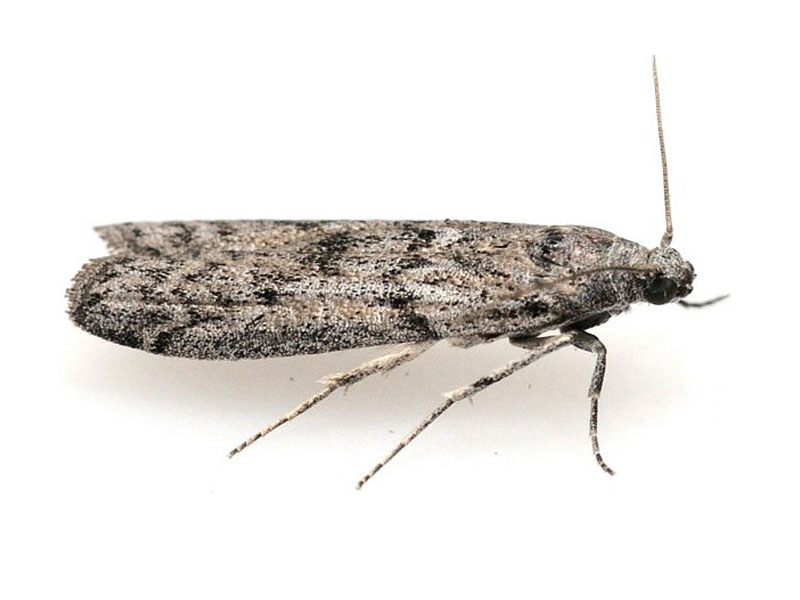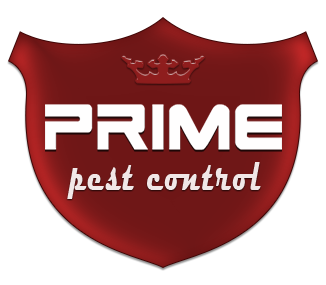Mill moth infestation

The Mill moth originates from India and was first introduced in Europe in about 1877. Since then, it has been a popular pest in flour and both homes and business premises have suffered the presence of the Mill moth infestation. Nowadays, however, it is mostly considered an industrial or commercial pest as it is not often found in households.
This moth is most often found in flour, corn and gout mills, bakeries, and other businesses dealing with these products. Also nuts, cocoa, seeds, dried fruit, cereals and grains. The Mill moth is not considered dangerous to people or pets, however the damage it does to the stored products renders them unfit for purpose resulting in their disposal. If an infestation occurs and spreads through produce at industrial plants and commercial warehouses, this pest could potentially cause a significant loss in business.
Mill moth control

As with all other stored product insect, the general best practice for Mill moth infestation prevention is good housekeeping and regular checks of the stored products. Following those best practices allows for any early signs of the infestation to be spotted, as well as controlled and eradicated swiftly.
However, if a Mill moth infestation has already developed and spread, then one of the best possible ways to tackle the problem is fumigating of the infested area, in combination with professional-use-only insecticide spray of all affected surfaces, all associated cracks and crevices, where the moths could have settled. Heat treatment with hot air is another effective method that works with all life stages of the moth, including many other pest insects.
Prime Pest Control offers Mill moth pest control services for residents and commercial warehouses in North, South, West, East London and the surrounding counties. If you seek professional advice or wish to book an inspection and risk assessment with one of our experienced British Pest Control Association (BPCA) trained pest technicians, feel free to call our friendly customer team to enquire for availability in your area.
About mill moths
The Mill moth (Ephestia Kuehniella) is similar in size to the Indian Meal moth – 7 mm to 9 mm in length at rest and 15 mm to 20 mm with spread wings. The visible difference between the two pests is that the Mill moth has a zig-zag-shaped black pattern across its grey-coloured wings. This pest is found worldwide and prefers countries with average temperatures 20 degrees Celsius to 25 Celsius.
The adult female Mill moth can lay up to 562 eggs in or around its food source. Once the eggs hatch, the larvae (caterpillar-like, grey to ochre-yellow colour) start feeding around and producing silk and webbing the food around. The silk can create significant nuisance in wheat mills as it can obstruct the machinery and become an undercover for various insects, pests in different grain products. The pupation of the larvae happens in the same product that they have been hatched in. Once they reach maturity and turn into adult moths they live for only about 14 days, mainly flying around roofs and being active in the early hours of the day and the late afternoons. In optimal conditions the life cycle of the Mill moth is between 43 to 72 days.
